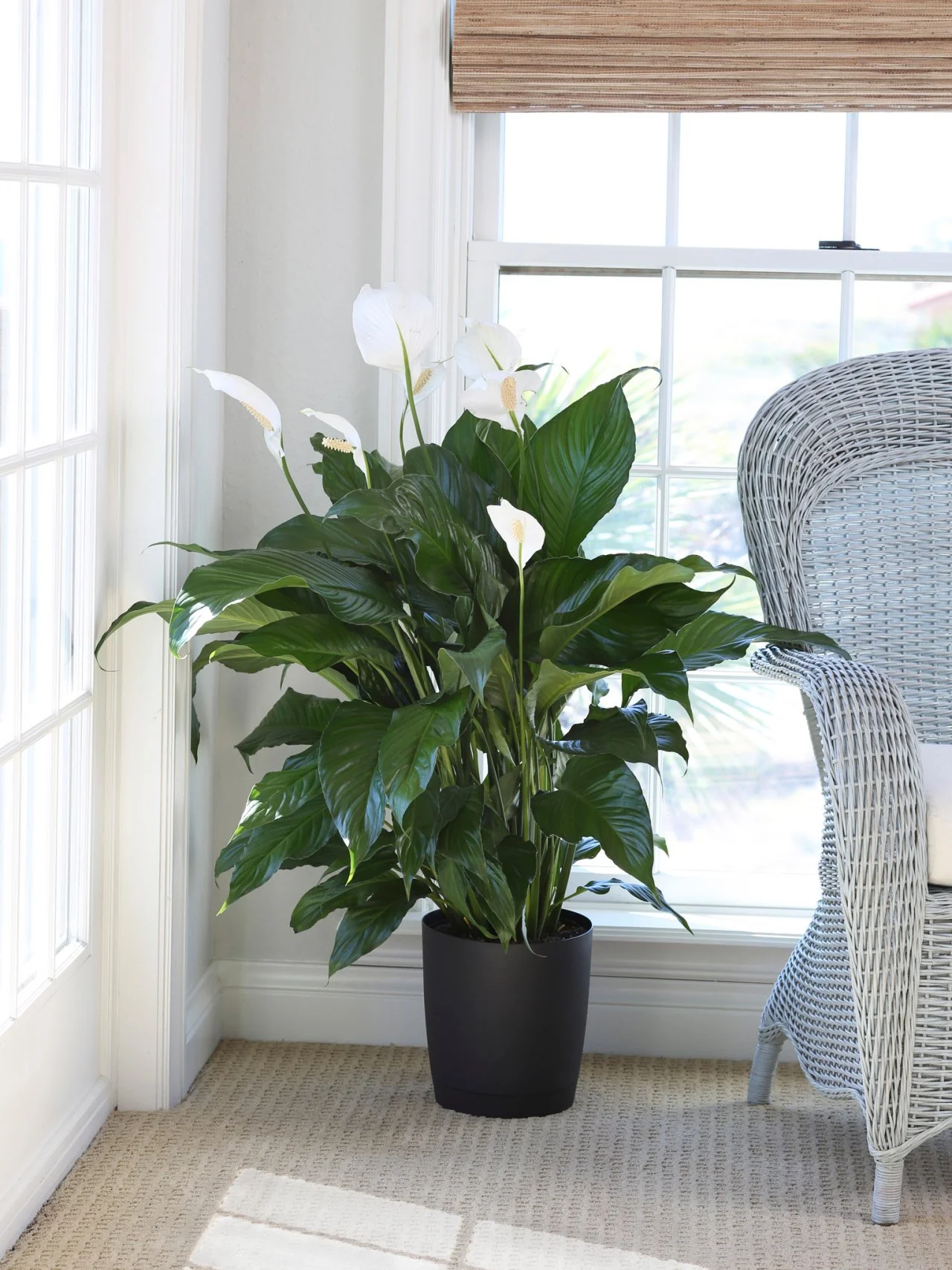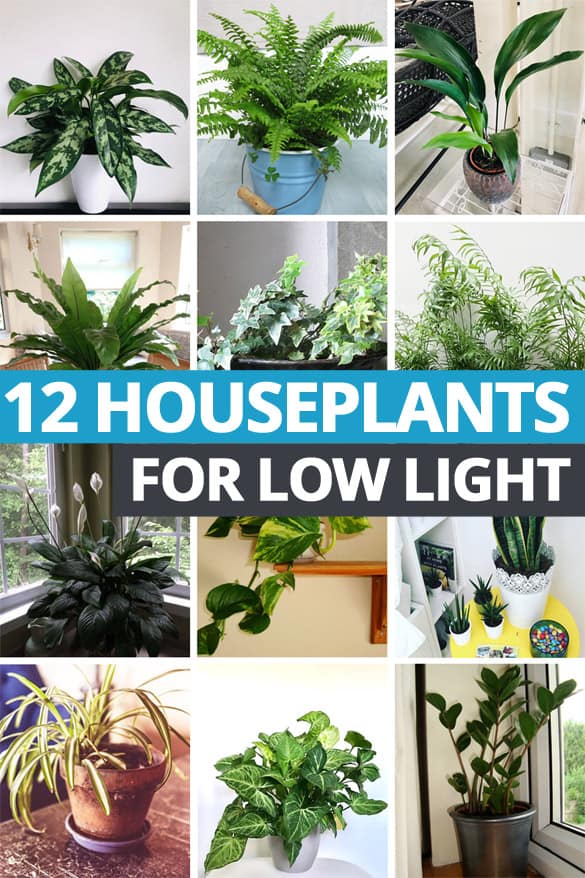Create a Lush Indoor Oasis with the Best Low-Light Indoor Plants
Create a Lush Indoor Oasis with the Best Low-Light Indoor Plants
Blog Article
Reveal the Secrets of Low-Light Indoor Plants and How They Boost Your Setting
Low-light indoor plants have actually garnered raising focus for their special ability to boost both aesthetic appeal and ecological top quality within work environments and homes. These resistant types, including the Snake Plant and Tranquility Lily, not only thrive in challenging lights conditions however additionally play a critical duty in air purification and emotional well-being.
Benefits of Low-Light Indoor Plants
Although several individuals presume that interior plants require abundant sunshine to prosper, low-light interior plants use a plethora of benefits that make them suitable for various atmospheres. Among the key advantages is their flexibility; they can prosper in areas with minimal natural light, such as workplaces, cellars, or areas with little home windows. This attribute allows people to boost their surroundings with greenery, adding to enhanced looks without the demand for comprehensive lights modifications.
In addition, low-light interior plants can dramatically improve indoor air quality by filtering system damaging toxins and launching oxygen, making living rooms healthier. Research has shown that certain ranges can soak up pollutants, thus advertising a cleaner environment. In addition, they can improve mental health by reducing stress and enhancing productivity. The presence of plants has actually been connected to greater feelings of tranquility and focus.
In addition, low-light plants often call for much less maintenance than their sun-loving counterparts, making them ideal for hectic people or those brand-new to gardening. Their durability permits them to grow with minimal treatment, thus supplying a fulfilling experience for plant enthusiasts and novices alike. In summary, low-light indoor plants offer both practical and aesthetic purposes, making them important enhancements to any type of area.
Leading Low-Light Plant Varieties
Low-light interior plants come in a selection of varieties, each offering distinct attributes and benefits matched for dark environments. Amongst the most preferred ranges is the Serpent Plant (Sansevieria), understood for its air-purifying capacities and architectural leaves. This resilient plant thrives on overlook and can endure a wide range of light conditions.
Another exceptional option is the ZZ Plant (Zamioculcas zamiifolia), which includes shiny, dark eco-friendly leaves and is highly drought-tolerant. Its versatility makes it a favored for workplaces and homes with restricted sunlight.
The Pothos (Epipremnum aureum) is likewise a leading competitor, with its tracking vines and heart-shaped fallen leaves - Best low-light indoor plants. This flexible plant can be trained to climb up or cascade, including aesthetic passion to any kind of room

Care Tips for Low-Light Plants
Taking care of low-light interior plants calls for a nuanced understanding of their certain demands to make certain optimum growth and vigor. It is essential to select the right potting mix, as a well-draining dirt is critical to stop root rot. A mix developed for houseplants, often including peat moss and perlite, works well for a lot of low-light varieties.
Watering is one more crucial facet of care. Low-light plants normally call for less regular watering contrasted to their sun-loving counterparts.
Fertilization should be approached with caution. Throughout the expanding season, a watered down fluid plant food can be used monthly, yet in winter months, several low-light plants get in inactivity and need little to no fertilizing.
Last but not least, it is essential to periodically clean up the leaves to remove dirt, permitting for better light absorption. By adhering to these treatment suggestions, you can grow a flourishing setting for your low-light indoor plants, enhancing both their look and long life.
Enhancing Air Top Quality With Plants
Interior plants play a significant duty in enhancing air quality within homes and office. With the procedure of photosynthesis, these plants soak up carbon dioxide and launch oxygen, contributing to a much healthier atmosphere. Furthermore, specific low-light indoor plants have the capacity to filter hazardous pollutants, such as benzene, formaldehyde, and trichloroethylene, which are frequently found in indoor atmospheres.

Moreover, the presence browse around this web-site of indoor plants can boost moisture degrees, which aids ease dry skin and respiratory concerns, better improving general wellness. This capability to enhance air high quality not just promotes physical health and wellness yet additionally sustains mental health.
Including low-light indoor plants right into your living and functioning areas can result in a much more vibrant and invigorating environment (Best low-light indoor plants). Investing in these all-natural air purifiers is a simple yet efficient strategy for improving interior air quality and promoting a healthier way of living
Producing a Tranquil Indoor Area
The assimilation of plants into living areas not only improves air high quality but additionally adds to a relaxing ambience. Low-light indoor plants, such as serpent plants and pothos, are particularly efficient in creating a serene atmosphere, as they grow in conditions that might otherwise be unwelcoming for other plant. Their rich vegetation provides a relaxing aesthetic, reducing stress and anxiety and promoting leisure.
Including these plants right into your office or home can evoke a sense of tranquility and health. Purposefully positioning them in areas where you invest substantial time, such as living work areas or spaces, allows for an immersive experience with nature, which has been shown to boost mood and cognitive feature.
Furthermore, the gentle movement of leaves in feedback to airflow can produce a vibrant visual element that improves the overall setting. Think about making use of a variety of plant elevations and textures to add deepness and rate of interest to your room. With thoughtful positioning and treatment, low-light indoor plants can change any area into a tranquil haven, cultivating not only aesthetic fulfillment yet additionally psychological and mental wellness.

Final Thought
Incorporating low-light indoor plants into various settings returns substantial benefits, consisting of enhanced air quality and improved aesthetic allure. These sturdy types not only thrive in marginal light yet likewise add to a relaxing ambience, promoting anchor emotional and mental wellness. By picking proper ranges and carrying out correct care strategies, individuals can successfully cultivate a tranquil indoor room that cultivates health and efficiency. The transformative power of low-light plants highlights their value in enhancing both household and work-related setups.
Although lots of individuals presume that indoor plants need abundant sunshine to prosper, low-light interior plants use a wide range of benefits that make them suitable for numerous settings.Moreover, low-light indoor plants can considerably improve interior air high quality by filtering system damaging toxins and releasing oxygen, making living spaces healthier. Additionally, certain low-light indoor plants have the capability to filter damaging toxins, such as benzene, trichloroethylene, and formaldehyde, which additional reading are typically found in interior environments.
Low-light indoor plants, such as snake plants and pothos, are specifically effective in developing a tranquil environment, as they prosper in conditions that may or else be unwelcoming for other greenery.Including low-light interior plants right into various settings yields considerable advantages, including boosted air high quality and boosted visual appeal.
Report this page